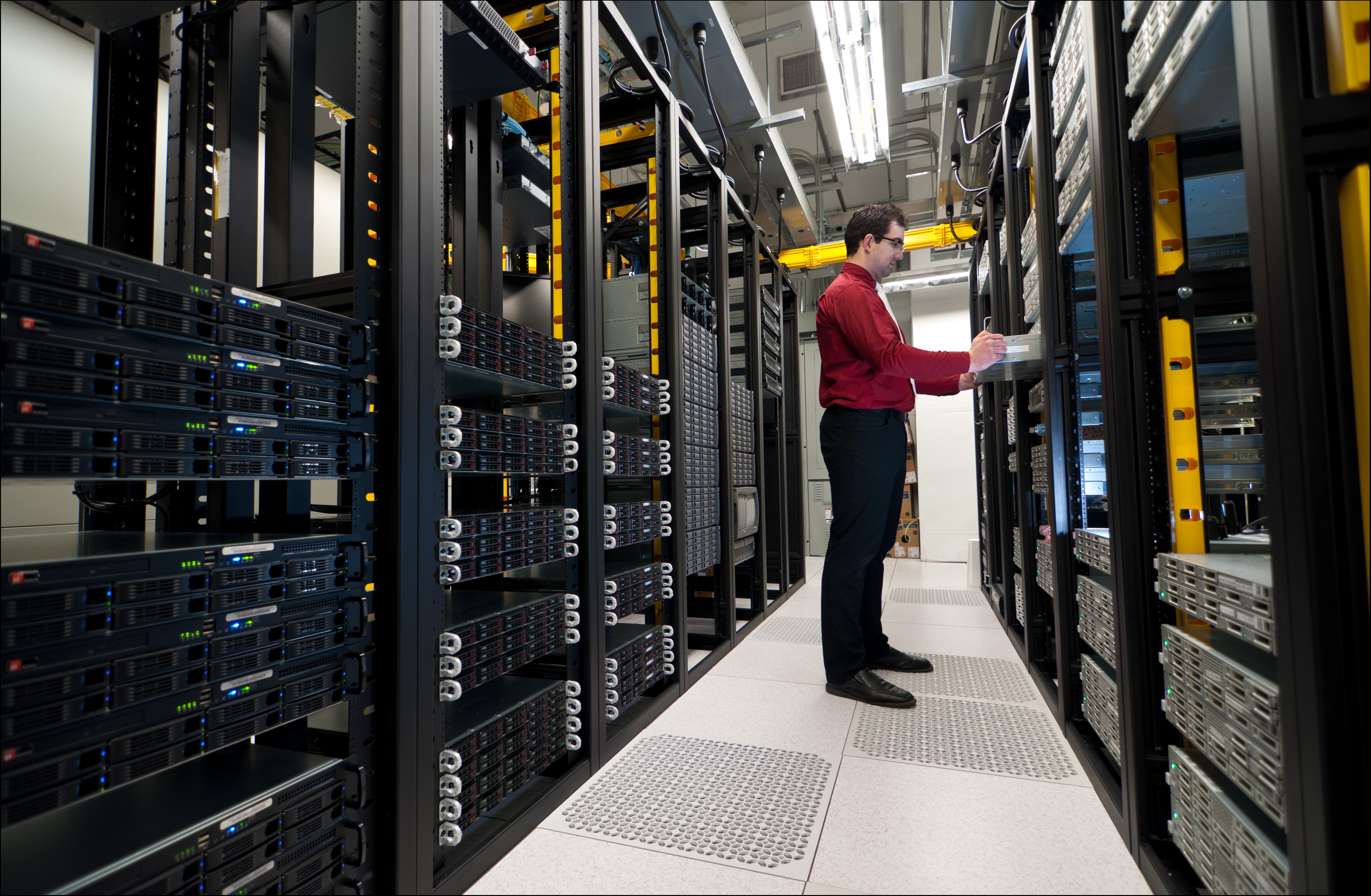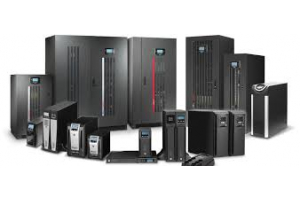What are the Types of Server Hardware?

What are the Types of Server Hardware?
Servers are computer systems that are deployed for providing resources for centralized data storage to client systems and offering specialized services as well. The storage available in server hardware is utilized to store documents, information, and other vital data which is, then, used for running various applications and performing different services, for example, receiving/sending emails and displaying websites.
Though servers are available in different form factors like hardware, software, or virtual machines, we will restrict our discussion to the hardware form of server. Server hardware is very much similar to desktop computers and is large enough to accommodate several processors and large-scale RAM.
Table of Content
What Are the Functions of Server Hardware?
Servers are the backbone of any network and are designed and deployed to play very vital functions without which no company can work properly. Some functions are enlisted below:
Support for Database to Run:Servers are deployed to provide a centralized database for storing and processing data. Big corporations count on this support for gleaning information and trends which are further processed to launch different products.
Security from Cyber Attacks:Servers are provided with security tools for protecting computers or websites from cyber-attacks. Whenever a client requests a data from server using a particular IP address, the server first checks the IP address to diagnose any malicious or suspicious file and then allows the request to proceed. If anything is found that is malicious or contains malware, servers immediately prevent access to that IP address.
Management of Data/Files or File Transfer Traffic:Servers are designed in such a way as to manage communications and the transfer of files. Since there is huge traffic to manage, servers are equipped with high and advanced specs like larger hard drives and large-capacity RAM.
Serving Request from Client Computers:The primary function of servers is to entertain requests from client computers whether they are for accessing databases or running applications. The fast and efficient operating systems installed to run server hardware make sure that clients can perform all tasks safely and efficiently.
Types of Server Hardware:
Having discussed the critical significance of server hardware, it is pertinent here to understand the distinct advantages and disadvantages of server hardware for facilitating customers to reach an informed decision.
There are four types of Server Hardware:Tower Servers:Tower Servers are in fact singular computer systems dedicated to the purpose of servers. They are housed in a standalone upright cabinet, known as a tower, which makes them very similar to tower-style personal desktop computers. They are now available on the market in various kinds and can offer plenty of processing power.
Advantageously speaking, they are good when it comes to cooling because they have a lower component density in comparison with blade or rack servers. So damages, overheating, or downtime can be avoided if you deploy Tower Servers. In addition, they are simple and easy to install. There are some downsides as well. For instance, they are space-consuming and bulkier which makes it very hard to further expand or scale the network. Secondly, they are very noisy because each tower needs a separate cooling fan. Thirdly, cable management for a set of tower servers is a time-consuming and messy affair.
Tower Servers are installed for performing the most basic functions like system management, file management, print collaboration, ER applications, distribution, and system security.
Rack Servers:These are servers that are designed to fit in a small space. They are placed horizontally in a framework called a rack. The servers are stacked right on top of one another and each rack is constituted of multiple mounting slots known as bays. Like Tower servers, Rack servers also offer advantages and disadvantages:
They are versatile and have the ability to manage various tasks and workloads effectively. Since rack-mounted servers are stacked tightly, they don’t occupy floor space. Additionally, they are very easy to manage and scale up. You can easily remove or stack another server to expand your network. On the other hand, Rack towers suffer from drawbacks as well. For example, their tight placement makes cabling very difficult and cooling systems have to be very efficient to avoid damages resulting from overheating.
Rack Servers are mostly deployed for data centers and running for other mission-critical apps because of their power and efficiency.
Blade Servers:Blade servers are state-of-art servers that are known for greater efficiency and processing power. A blade server is a server chassis that houses multiple thin and modular EC boards. Each blade is dedicated to a specific application or single application and possesses separate processors, memory, and an integrated network controller. Sometimes, they even have a fiber channel host bus, adapter, and other I/O ports. Blade servers, like Tower and Rack servers, offer specific advantages and disadvantages:
As far as advantages are concerned, blade servers provide far more processing power than Rack or Tower within a smaller space. Secondly, their chassis ensures consolidated resources including power, cable, and networking which cabling and maintenance management easy and simplified. Thirdly, Blade servers have hot-swappable components including a cabling system, controllers, and switches which makes replacement or addition of components easy without shutting down the system and thus suffering from performance loss. Fourthly, blade servers can help you manage, control, and monitor the system’s components in a centralized manner. Last but not the least, though they are expensive, the cost-effectiveness of the cabling structure and power consumption offset the steep upfront cost in the longer run.
Like Rack and Tower Servers, Blade servers also have some shortcomings. For instance, the chassis and blade architecture is proprietary which may land you in a vendor-lock possibility. In other words, if you have installed a blade server of a particular vendor, say HPE, you can only upgrade your network with components manufactured by HPE. In this way, the upgradation or scalability may suffer from restriction, in case the vendor does not release or update components in a timely manner.
Blade servers offer state-of-the-art and cutting-edge computing capabilities, therefore, they are deployed in big data centers with high-density server rooms where space is a major limitation. They are also most suitable for single tasks such as file sharing, web hosting, video streaming, database management, and more.
Conclusion
- If space is not your concern and you want a cost-effective server solution for basic tasks and applications, go for Tower Server.
- If space is a limiting factor, you should explore the option of a Rack-mounted server or Blade Server.
- Blade servers are costly but offer premium server capabilities, if you can afford them, these servers would provide the most bang for your buck.
Morgan Ingland FZ LLC is a leading Value-Added Reseller in the Middle East and beyond specializing in supplying cost-effective ICT hardware and end-to-end solutions. We deal in every kind of hardware including Tower Servers, Rack Servers, and Blade Servers. What’s more, we have a dedicated team of solution designers and product experts to help you find the server that best meets your requirements and reflects your budgetary constraints.
We are committed to serving you day in and day out. Feel free to contact us at +971 72091222 or email us at marketing@miatlantic.ae for further any kind of end-to-end solution design you require.
Also, for tech reviews like this you can visit APPLE WATCH SERIES 8 VS APPLE WATCH ULTRA. to check latest Apple Accessories to improve your daily lifestyle.






